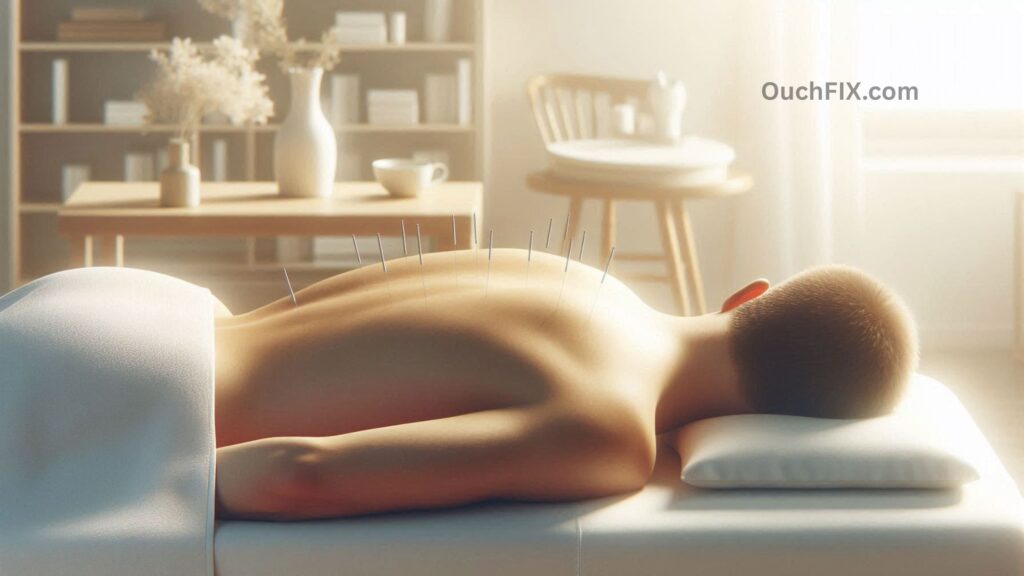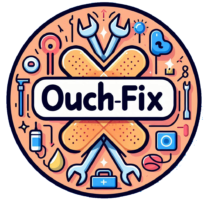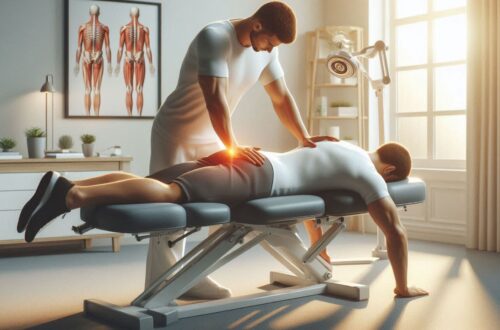Alternative medicine has gained a lot of attention in recent years, and for good reason. This umbrella term covers a variety of healing practices that often take a holistic approach—looking at the mind, body, and spirit rather than just treating a specific symptom. While Western medicine usually targets diseases directly with drugs or surgery, alternative therapies focus on helping your body heal itself naturally.
From acupuncture to herbal medicine, millions of people worldwide rely on these natural remedies. But what do experts in alternative medicine actually think about them, and how can you safely incorporate them into your pain management routine? Let’s dive in.
Popular Types of Alternative Medicine
- Acupuncture
Acupuncture is an old Chinese healing method that’s all about balancing your body’s energy, or “chi.” According to traditional beliefs, chi flows through pathways called meridians. In acupuncture, tiny needles are gently placed along these meridians to help redirect and balance that energy. Sometimes, the needles are twisted or even hooked up to a small electric current — that version is called electroacupuncture.

Uses:
- Chronic pain relief (back pain, arthritis)
- Migraine and headache reduction
- Stress and depression management
- Digestive issues
Expert Tip: Always seek a licensed acupuncturist. People with bleeding disorders, pacemakers, or who are pregnant should exercise caution.
2. Ayurveda
Originating in India over 5,000 years ago, Ayurveda is often called the “Mother of All Healing.” The system identifies five elements—space, air, fire, water, and earth—that form three energies, or doshas: Vata, Pitta, and Kapha. Imbalances in these doshas are believed to cause illness.
Approach:
- Customized diet plans
- Herbal remedies
- Lifestyle adjustments (sleep, exercise, mindfulness)
Many modern holistic practices, including natural supplements and home remedies, draw heavily from Ayurvedic principles.
3. Herbal Medicine
Herbal remedies have been used globally for centuries. Ancient Egyptians documented medicinal plants as early as 1550 BC, and Traditional Chinese Medicine (TCM) continues this tradition.
Common Herbs for Pain and Health:
| Herb | Benefits |
|---|---|
| Black Cohosh | Menstrual cramp relief |
| Echinacea | Immune system support |
| Garlic | Heart health and circulation |
| Ginseng | Energy and stamina |
| St. John’s Wort | Mild depression |
Safety Note: Herbal products are regulated as foods in the U.S., not drugs, so quality varies. Some herbs, like St. John’s Wort, can interfere with medications. Always consult a healthcare professional before starting supplements.

Also Read: What Techniques do Doctors Recommend for Acute Pain Relief?
4. Body Manipulation Therapies
This category includes yoga, Tai Chi, massage, chiropractic care, and osteopathic manipulations.
Yoga and Tai Chi:
- Focus on slow, mindful movements and breathing
- Improve flexibility, balance, and mental clarity
Massage and Chiropractic Adjustments:
- Physical manipulation of muscles, bones, or joints
- Helps reduce pain, improve alignment, and relieve tension
Pro Tips: Choose licensed professionals, especially if you have chronic conditions like osteoporosis or are on blood thinners.
Other Alternative Therapies
- Hypnosis and Guided Imagery: Helps manage chronic pain, anxiety, and sleep disorders through focused mental techniques.
- Reiki (Energy Healing): Uses touch and energy transfer to promote relaxation and reduce pain.
- Biofeedback: Teaches control over involuntary body functions, like heart rate and muscle tension.
- Meditation: Reduces stress, lowers pain perception, and improves overall well-being.
- Hypnosis and Guided Imagery: Helps manage chronic pain, anxiety, and sleep disorders through focused mental techniques.
Also Read: What are the Latest Expert‑Approved Methods for Injury Recovery?

Important Safety Considerations
Even natural therapies can have risks. Always inform your doctor about any alternative treatments you’re using. Some therapies or herbs may interact with medications or exacerbate conditions.

Key Cautions:
- Body Manipulation: Yoga/Tai Chi are generally safe; chiropractic/osteopathic care should be performed by licensed providers.
- Acupuncture: Seek trained professionals; caution for bleeding disorders, pregnancy, or pacemakers.
- Herbal Medicine: Quality varies; some herbs interfere with medications.
Why Alternative Medicine Matters
Integrating alternative and conventional medicine can be highly effective. For chronic issues like fatigue, digestive problems, or mood disorders, alternative therapies can provide relief when conventional methods fall short. However, for acute conditions such as infections or appendicitis, standard medical care is essential.

The key is personalization. What works for one person might not work for another. Staying informed and open-minded allows you to combine safe natural remedies with conventional treatments for optimal health
Also Read: How do Experts Suggest Managing Chronic Pain Naturally?

Conclusion
Alternative medicine offers a range of natural remedies that can complement conventional treatments. From acupuncture to herbal medicine and yoga, these therapies provide holistic ways to manage pain and improve overall wellness. By staying informed, consulting experts, and using therapies safely, you can create a personalized approach that truly supports your body and mind.
Call to Action: Explore safe alternative therapies today and consult a licensed professional to find the best natural remedies for your pain.
FAQs About Natural Pain Remedies
Q1. Can alternative medicine replace conventional treatments?
Alternative therapies are best used alongside conventional treatments, not as a full replacement.
Q2. Are natural remedies safe for everyone?
Most are safe when used correctly, but consult your doctor if you have chronic conditions or take medications.
Q3. How long does it take to see results from alternative therapies?
It varies—some people notice improvements immediately (like after a massage), while others see gradual changes over weeks or months.
Q4. Can acupuncture help with migraines?
Yes, research shows acupuncture can reduce the frequency and severity of migraines in some patients.
Q5. Are herbal supplements regulated?
In the U.S., they are regulated as foods, not medicines, so quality can vary widely.






